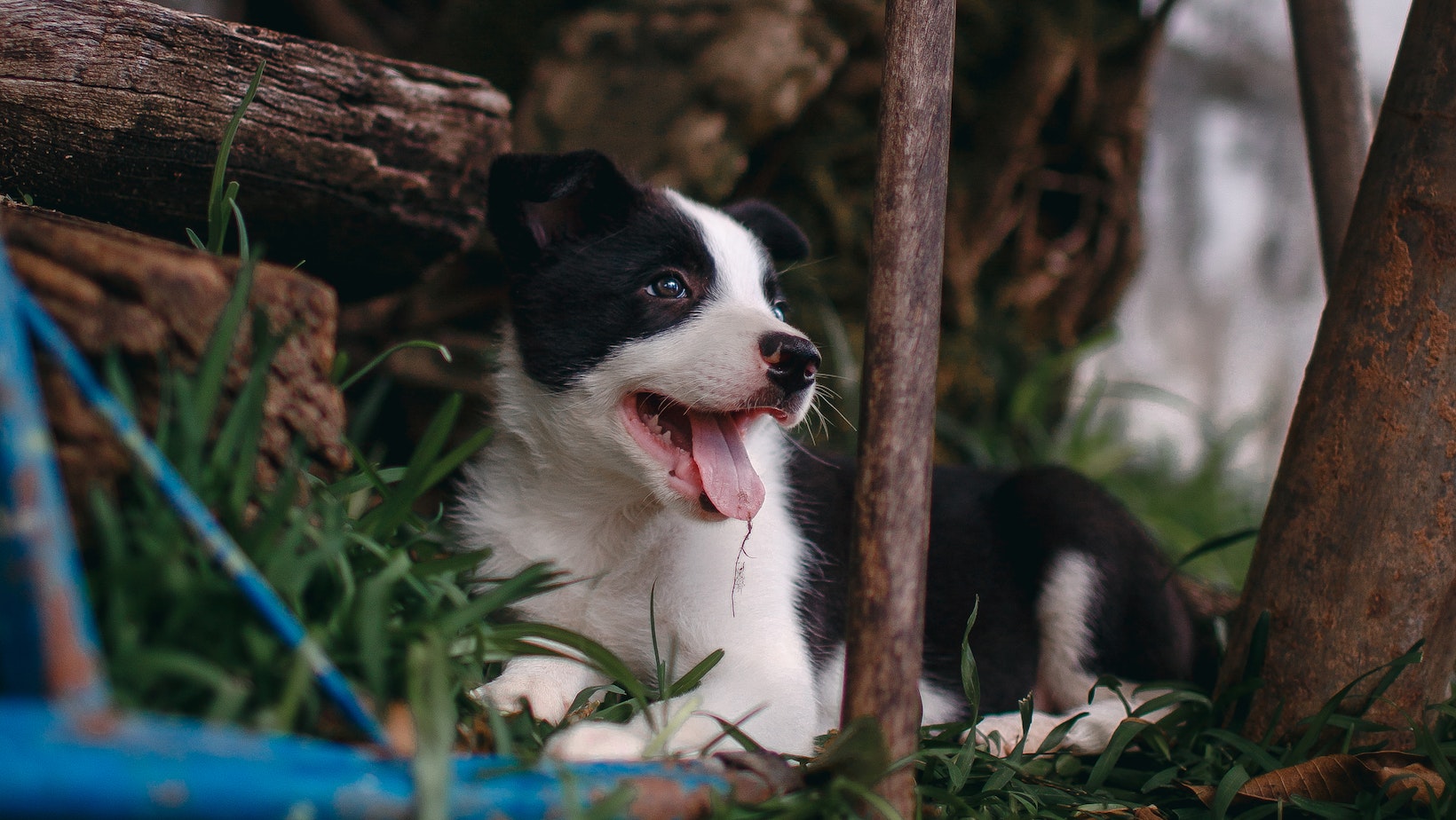Getting a new puppy can be an exciting and joyful experience. However, dealing with the issue of a puppy peeing inside the house can quickly become frustrating. If you own a Labrador or any other breed, it’s important to establish proper potty training techniques from the start. In this article, I’ll share some effective strategies on how to get your puppy to stop peeing inside.
First and foremost, establish a consistent routine for bathroom breaks. Puppies have small bladders and need frequent opportunities to relieve themselves. Take your Labrador outside every few hours, especially after meals, naps, and playtime. By providing regular bathroom breaks, you’ll help your puppy understand that going outside is the appropriate place to pee.
In addition to maintaining a routine, positive reinforcement is key when it comes to potty training. Rewarding your puppy with praise or treats immediately after they eliminate outside will reinforce their good behavior. Conversely, avoid punishment or scolding if accidents happen indoors as this may confuse and scare your pup.
By implementing these strategies consistently and patiently, you can teach your Labrador or any other breed to stop peeing inside the house. Remember that each dog is different, so it may take time for them to fully grasp the concept of outdoor elimination. Stay consistent, provide plenty of positive reinforcement, and soon enough you’ll have a well-trained puppy who understands where they should go potty!

How To Get Puppy To Stop Peeing Inside
When it comes to potty training your Labrador puppy and getting them to stop peeing inside, finding the right method is crucial. With a variety of approaches available, it’s important to choose one that suits both you and your furry friend. Here are some factors to consider when selecting the best potty training method:
- Consistency: Consistency is key in any potty training regimen. Establish a routine for your puppy by taking them outside at regular intervals throughout the day, such as after meals, playtime, or naps. By following a consistent schedule, you’ll help your Labrador understand when and where they should do their business.
- Positive Reinforcement: A positive reinforcement-based approach can work wonders in potty training your puppy. Whenever they successfully eliminate outside, reward them with praise, treats, or a favorite toy. This positive association will encourage your Labrador to repeat this behavior in the future.
- Crate Training: Crate training can be an effective method for teaching your puppy bladder control and reducing accidents indoors. Dogs naturally have an aversion to soiling their sleeping area, so using a crate can help establish boundaries and promote good bathroom habits.
- Supervision: Keeping a close eye on your pup is essential during the potty training process. Supervise them indoors and redirect any signs of sniffing or circling towards the designated outdoor area. If you catch them in the act of peeing inside, calmly interrupt and immediately take them outside to finish.
- Patience: Potty training takes time and patience; accidents are bound to happen along the way. Never punish or scold your puppy for accidents indoors as this can create anxiety around elimination and hinder progress. Instead, focus on reinforcing positive behaviors and remaining consistent with your chosen method.
Puppies rely on us to teach them appropriate bathroom habits, and sometimes accidents happen when they haven’t grasped the concept fully. It’s essential to establish a consistent house training routine right from the start. Consistency is key – ensure regular potty breaks, especially after meals, naps, playtime, or waking up in the morning.
Remember that every dog is unique, so be flexible in adapting these methods according to your Labrador’s specific needs. With consistency, positive reinforcement, and patience, you’ll be well on your way to successfully potty training your Labrador puppy and preventing those indoor accidents.